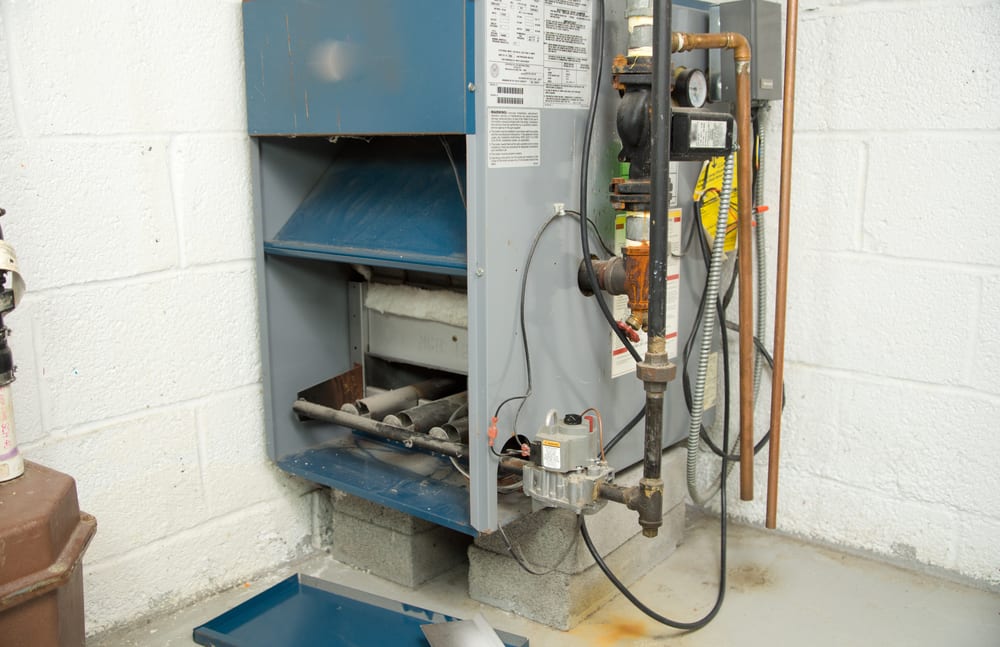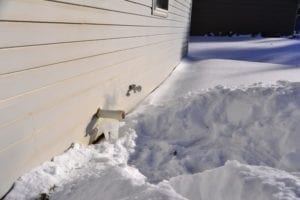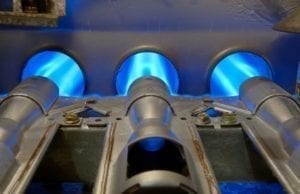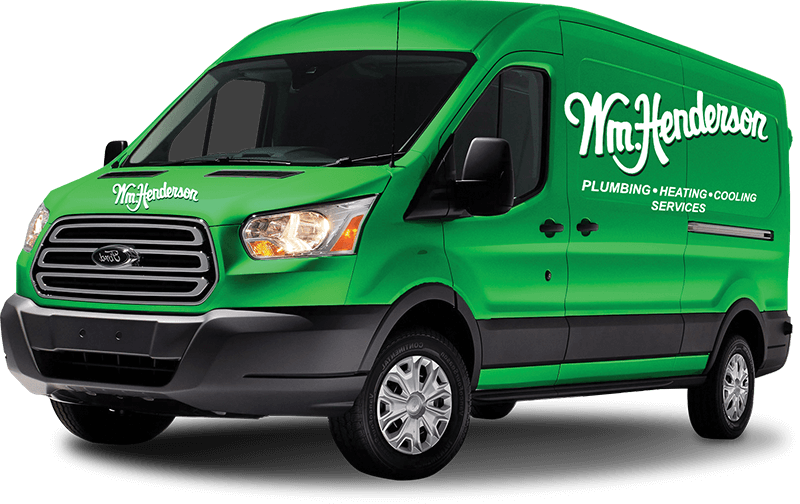
A large number of homeowners are afraid to invest in new energy-efficient condensing furnaces because they are expensive. While a gas furnace features a high upfront cost, the latest systems available on the market are designed to help you save money on your utility bills. Condensing furnaces are assembled with innovative exhaust systems and two heat exchangers that are designed to help you save energy. To help you determine if it’s time to purchase a new system, we have compiled a list of benefits of installing a new energy-efficient condensing furnace.
Advantages of Installing a New Furnace
1.) High AFUE Ratings
An energy-efficient condensing furnace features a high AFUE Rating that varies from 90% to 97%. The term AFUE stands for Annual Fuel Utilization Efficiency. This metric is utilized to measure the total amount of energy a furnace can convert to warm air in a home. AFUE ratings are designed to portray the average performance of a furnace during the winter season. On the other hand, a traditional gas furnace features an AFUE rating that ranges from 78% to 84% depending on factors such as budget, location, and maintenance.
 2.) Two Types of Exhaust Systems
2.) Two Types of Exhaust Systems
Condensing furnaces feature two types of exhaust methods, direct exhaust and indirect exhaust. A direct exhaust system features two gas pipes that are integrated with the roof of your house. The first pipe is engineered to circulate natural gas out of your home at the end of the heating cycle. On the other hand, the second pipe is designed to collect and distribute outdoor air into the combustion compartment of the furnace.
While a new condensing furnace is equipped with two exhaust pipes, a standard gas furnace is only integrated with a single pipe that is designed to disperse gas away from your house. Since this type of furnace does not receive outdoor air, it utilizes cold air that is delivered by a return air duct to produce heat for your house.
3.) Two Heat Exchangers
A standard gas furnace is equipped with a heat exchanger, gas burners, and a blower motor. The heat exchanger is a metal cylinder that is engineered to prevent the release of toxic gas into the air. Once the gas burners are ignited by natural gas and oxygen, the gas is circulated to the heat exchanger. Next, the exterior walls of the heat exchanger will increase in temperature because of the reaction between the gas and air.
When the heat exchanger reaches a sufficient temperature, the blower fan will be activated. The fan will collect cold air from each room in your house through a system of air ducts. Next, the cold air is distributed to the heat exchanger in the gas furnace. As the incoming cold air passes by the exterior of the heat exchanger, it will extract the heat energy from the component.
Once the air reaches a warm temperature, it will be dispersed to each location in the house through a system of air ducts and supply vents. To prevent a gas leak, the gas in the heat exchanger will be circulated through a flue pipe to the outdoor air. Unfortunately, a small amount of heat energy is lost when the exhaust gas is vented out of your house. Since a standard gas furnace is assembled with only a single heat exchanger, it cannot extract the remaining heat energy before it is flushed from the system.
To prevent energy loss, you will need to purchase an energy-efficient condensing furnace. Unlike a standard furnace, this type of gas furnace is assembled with two heat exchangers. At the end of a heating cycle, the leftover gases are distributed to the second heat exchanger from the main component. The mixture of air and natural gas will be stored in the second heat exchanger until all of the remaining heat energy is extracted. While the gas is processed by the secondary heat exchanger, it’s temperature will drop and it will transform into water.
Read More: 6 Signs You Need to Invest in a Furnace Replacement
 4.) Electronic Ignition
4.) Electronic Ignition
Since an old gas furnace utilizes a standing pilot light to ignite natural gas, it wastes a large amount of energy on an annual basis. A pilot light is a miniature flame in your furnace that is designed to ignite natural gas to operate the burners and heat exchanger. Although a pilot light is an effective way to ignite gas to produce warm air, it uses an excessive amount of natural gas. This will cause the total cost of your utility bills to increase each month. To save money, you may want to consider purchasing a new condensing furnace that is equipped with a hot surface ignitor or an intermittent pilot light.
Hot Surface Ignitors
The latest energy-efficient furnaces are integrated with a hot surface ignitor. This type of ignitor is assembled with a strong Silicone Nitride material to prevent the formation of cracks. Once the thermostat detects the temperature in your house is below the minimum settings, it will distribute an electrical signal to the hot surface ignitor in the furnace. Next, the temperature of the ignitor will increase to 3,000 degrees Fahrenheit or lower depending on the furnace model.
Once the hot surface ignitor reaches the correct temperature, the gas valve will open and the incoming gas will be ignited by the electric igniter. Although the upfront cost of a condensing furnace is high, this type of furnace will help you save money on your energy bills each month because they do not utilize a standing flame.
Intermittent Pilot Light
An intermittent pilot light is similar to a standing flame in a gas furnace. This type of ignition system utilizes a flame to ignite incoming natural gas. This type of ignition system utilizes a spark to light a miniature flame when a furnace is operating. Once the sensor detects a flame, it activates the gas burners to produce heat energy. Unlike a traditional furnace that relies on a continuous flame, the flame in a condensing furnace will deactivate when the gas burners are operating to help you save money.
If you need help finding a new energy-efficient condensing furnace for your home, give our team a call by phone at (484) 206-8594. We offer furnace repair and furnace installation services to households in areas of Pennsylvania such as Ardmore, Drexel Hill, West Chester, and Wayne. We will help you choose a furnace with a high AFUE rating and offer you dependable heating repair services to help you save money and protect the environment.
Read More: How to Find a Correct Heat Pump Size

